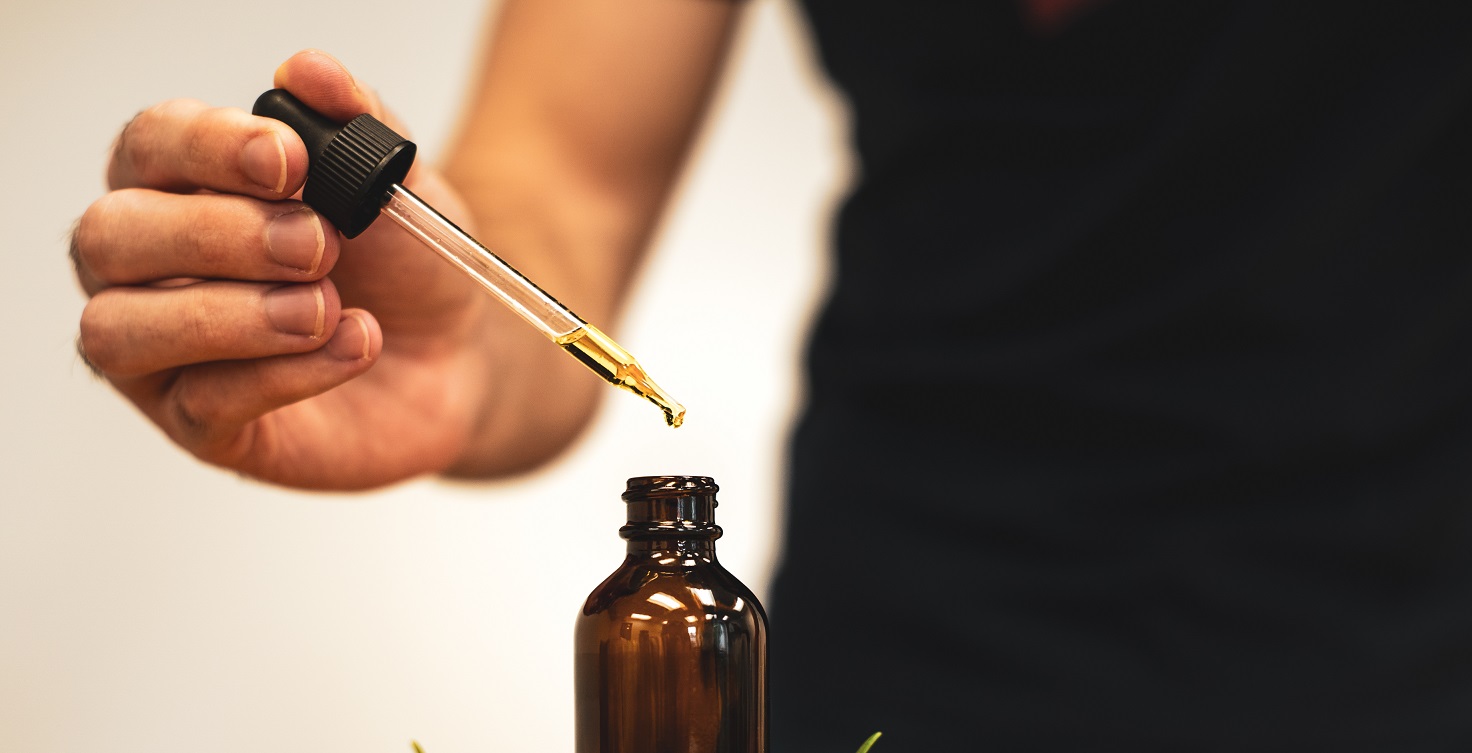Responding to Swimming Injuries: First Aid Essentials Every Poolside Needs

The importance of school-aged children knowing how to swim cannot be overstated. With Australia having most of its month warm, it’s no surprise that most people spend time at the beach or swimming pools. That said, every child deserves these skills not only because of the fun but for enhanced water safety.
However, like any other physical learning activity, accidents can happen unexpectedly. Swimming pool accidents can happen in the blink of an eye, and the aftermath can be devastating. Luckily, having a well-equipped school first aid kit by the pool can help prevent such fatal incidents.
In this comprehensive guide, we will highlight some of the most common swimming injuries and provide a step-by-step guide on how to respond correctly in swimming pool accidents, addressing each injury effectively. Stick around to learn more!
A Comprehensive Guide- Swimming Pools Injuries
Common Swimming Injuries at Schools
Cuts
Let’s face it! Kids are always playing around, be it in the classroom or the swimming area. During these playful acts, they can accidentally brush against rough surfaces at the edge of the pool, resulting in minor cuts and bruises. Additionally, collision with other swimmers or slipping and falling can result in such injuries. When this happens, the trainer should always be ready with the necessary sports first aid kits to stop the bleeding and prevent further damage. Also, necessary repairs should be done to provide a safe swimming environment.
Ear Infections
For anyone to swim properly, the head should be suspended in the water. This implies that your entire head, including your eyes and ears, will be covered by water. While it’s easy for adults to remove the water from their ears when they are done swimming, it can be difficult for school-aged children. Stuck swimming pool water can create a breeding ground for bacteria, resulting in ear infections.
Strains
Swimming, without a doubt, is an intense activity that involves a lot of kicking and stretching of muscles. With most kids being new to the activity, it’s pretty easy for them to use incorrect swimming techniques, including improper stroke mechanics or excessive kicking, which can lead to muscle strains. Doing proper warm-ups before diving into the pool can help reduce the risks of strains, but try telling this to a 4-year-old kid. An effective first aid kit content for swimming may be the best way to resolve such issues.
Concussions
Concussions are pretty common in middle-aged school kids. With most knowing how to swim, diving is not unusual. Unfortunately, some kids may dive into areas above the ground pool, hitting their heads badly. Some may dive recklessly, colliding with other swimmers. Without a school first aid kit for swimming, the results can be fatal.
Drowning Incidents
Again, with most school-aged children not knowing how to swim, it’s pretty easy for drowning incidents to occur unexpectedly. Slipping can also be a major culprit to drowning. This can happen to even the best swimmers. School swimming and water safety rules, including proper supervision, can help reduce such cases.
Step-by-Step Guide to Addressing Swimming Pool Injuries
First Aid Tips to Treat Cuts and Bruises
When a child has minor cuts and bruises on the skin, the caregiver should first stop the bleeding. Not to worry minor cuts and scrapes usually stop the bleeding on their own. Once the bleeding stops, cleanse the wound under running water or use antiseptic wipes. Lastly, cover the wound with waterproof adhesive strips to prevent infection once in the water.
First Aid Solution for Ear Infections
After the swimming lessons, ensure you dry the kids’ ears. However, if they develop an infection afterwards, we recommend you use aqua ear drops. They will dry up the moisture and prevent the growth of bacteria.
First Aid for Strains and Cramps
Strains and muscle cramps can best be prevented by ensuring the swimmers do proper warm-ups before going to the pool. However, if you are handling kids who are unable to do warm-ups, we recommend you provide the swimming pool water is lukewarm. Cold water can cause the muscles to tighten up.
If strains do occur even after following the above instructions, gently stretch the affected muscle and allow the victim to rest.
Concussions Treatment Tips
We are going to discuss the safety precautions to prevent concussions and drowning at the end of the article. However, if a student experiences a concussion either from hitting their head or colliding with another student, there should be immediate medical evaluation.
According to the University of Michigan Health, the victim should have aspirin, ibuprofen and naproxen sodium during the first 24 hours to relieve the pain.
What to Do in Case of a Drowning Incident
The lifeguard on duty should rescue the victim and administer CPR immediately. Medical evaluation should be followed. Now, during such incidents, it’s important for the rescuer to address the issue immediately; a delay can result in fatal damages, including death.
Important Swimming Pool Safety Measures in School
- Never run when in the swimming pool area; slipping on wet concrete can result in fatal damage.
- Never dive on the shallow end. The above-ground pool can hit your head, leading to concussions.
- No roughhousing: Most drowning accidents occur during rough play, like jumping on each other or holding each other under the water.
- Always wear sunscreen to protect your skin from sun damage.
- Never play around drains and covers. Even the best swimmers can get stuck, resulting in drowning.
- Never swim alone. Always ensure there is a lifeguard on duty if you must swim alone.
- Use pool safety equipment properly and not as toys.
- Know how to administer first aid for swimming injuries. Caregivers should know the basics of CPR and first aid. Always have a well-equipped first aid kit on hand at all times during swimming activities. Also, ensure that the equipment is waterproof for effectiveness. Opt for waterproof dressings, adhesive strips and every other equipment needed to address water injuries. One minute is enough to make a difference during such accidents.
As the warm weather approaches, ensure you have an effective school first-aid kit for the swimming pool. Every child deserves to have a safe learning environment, and this applies even when swimming. So, don’t wait, get effective first aid kit essentials and ensure all the students are safe.




